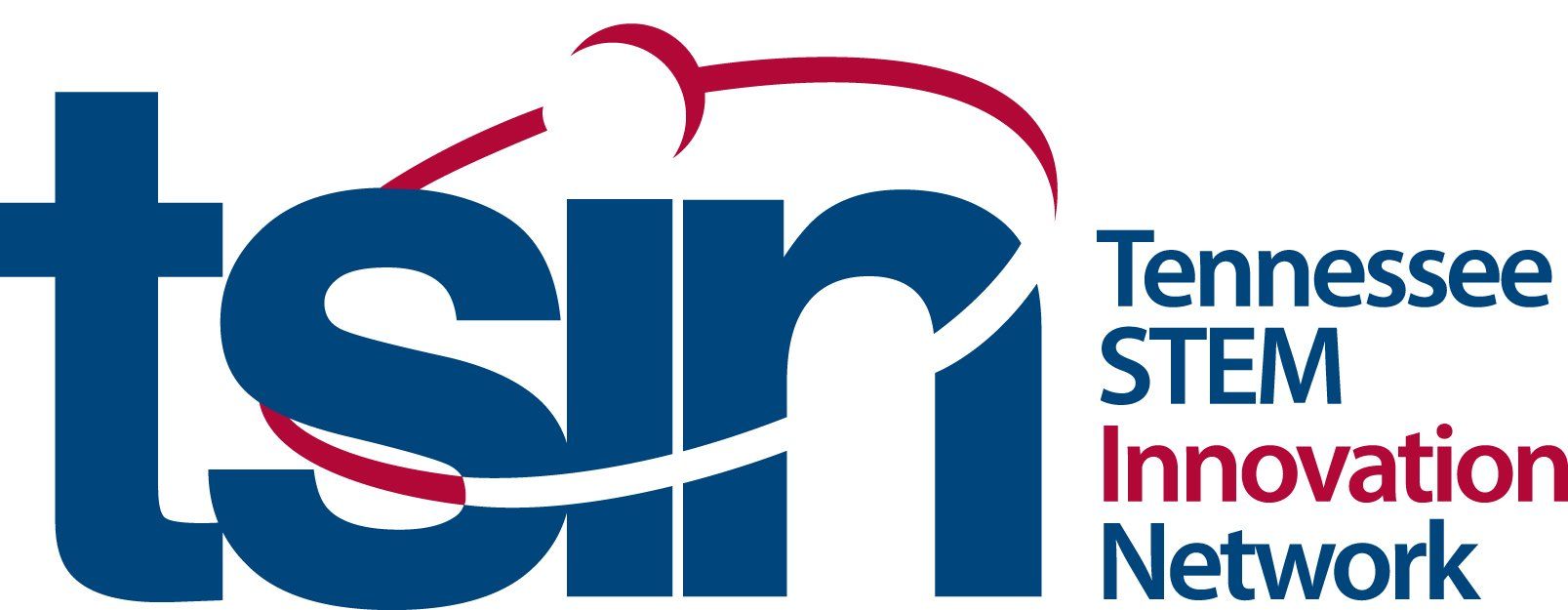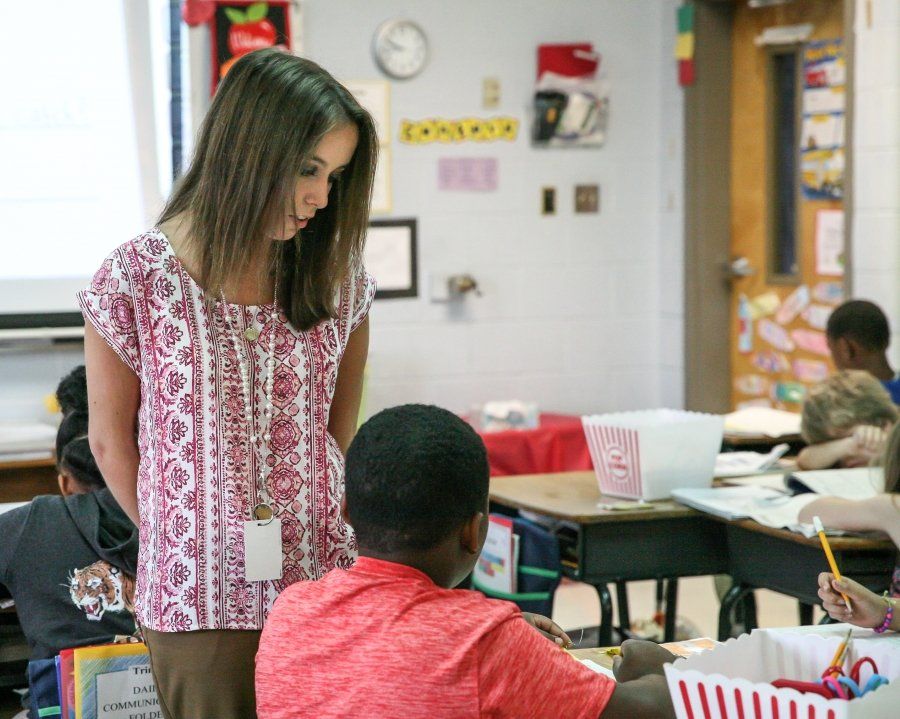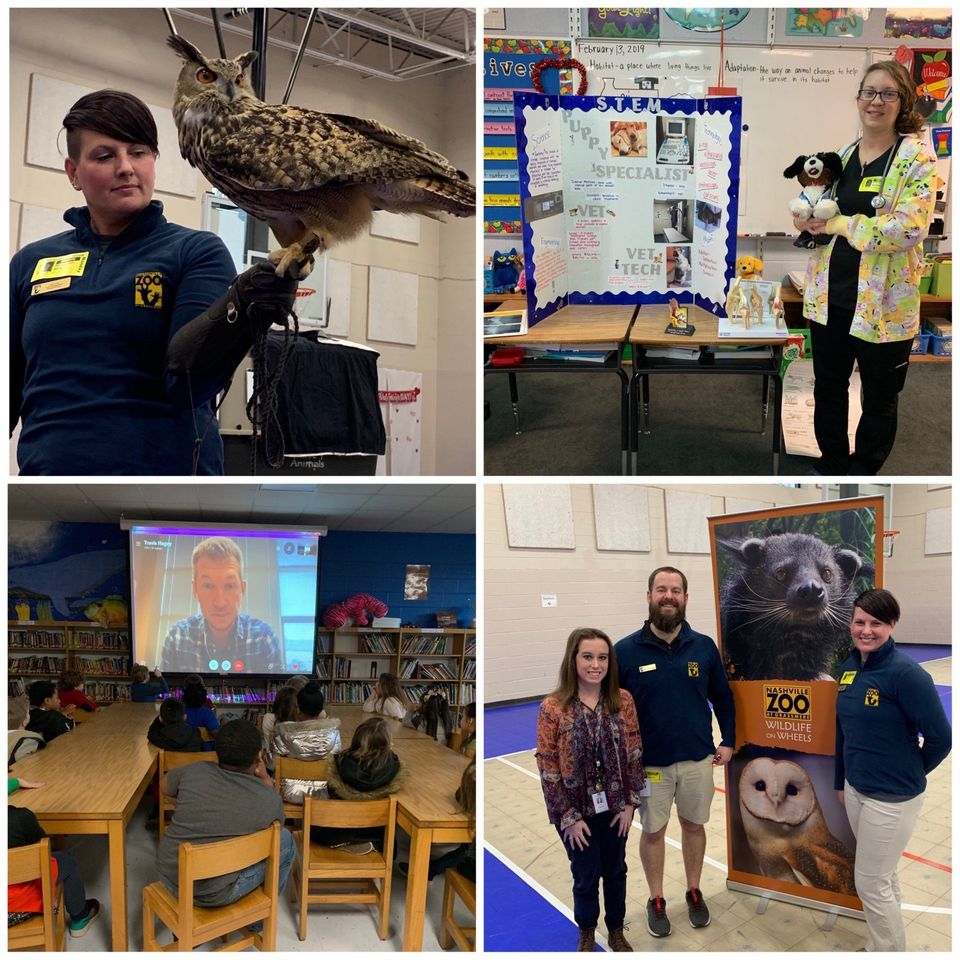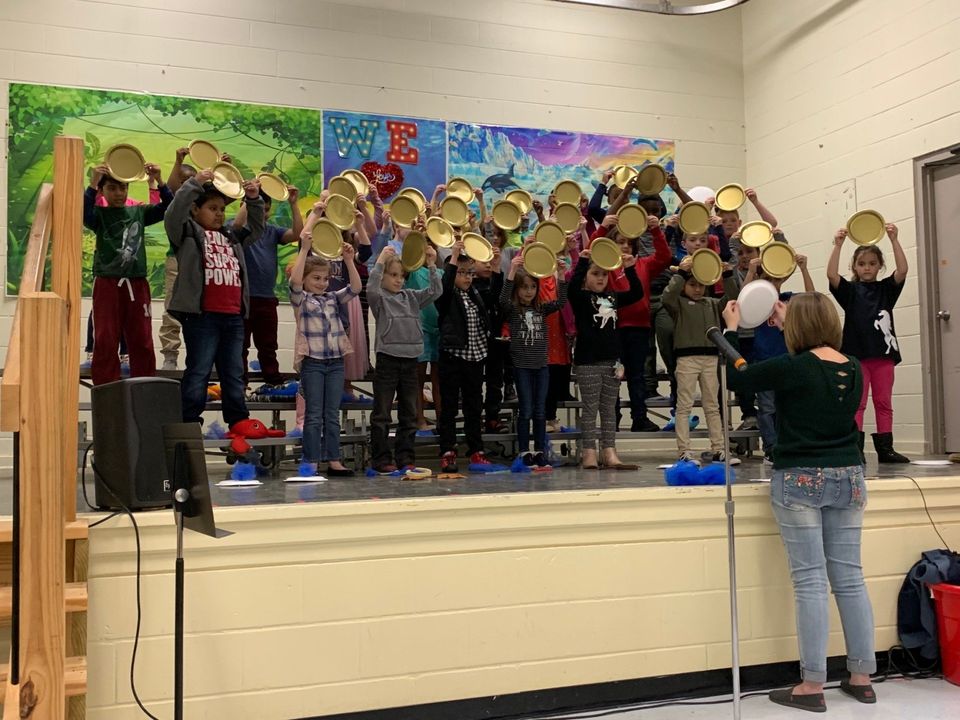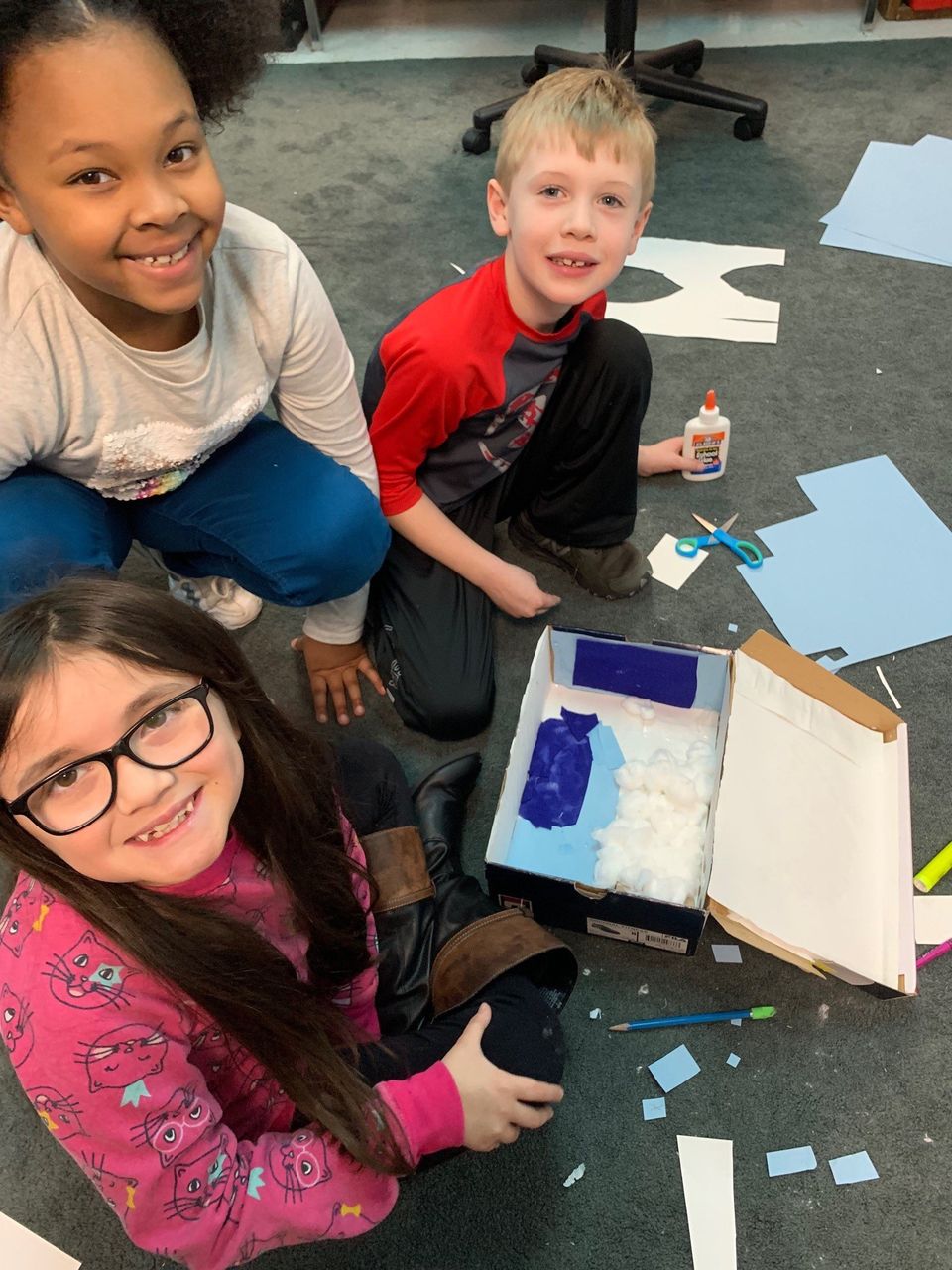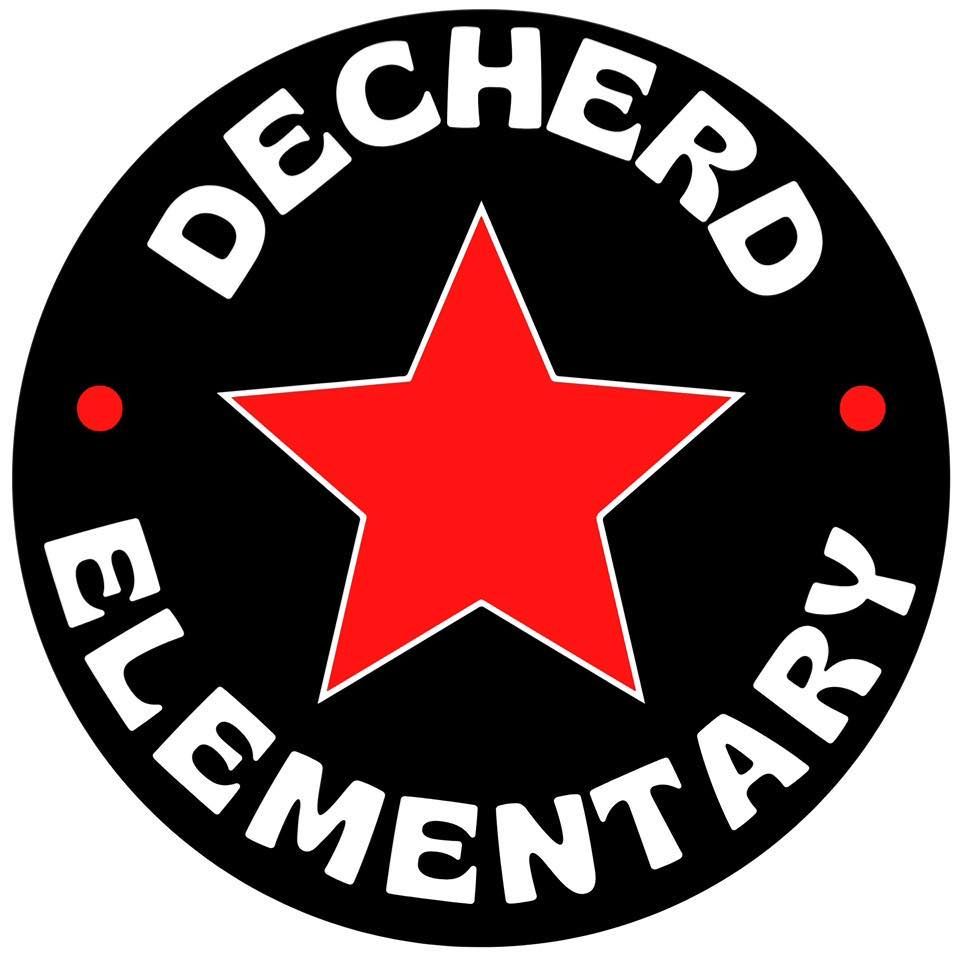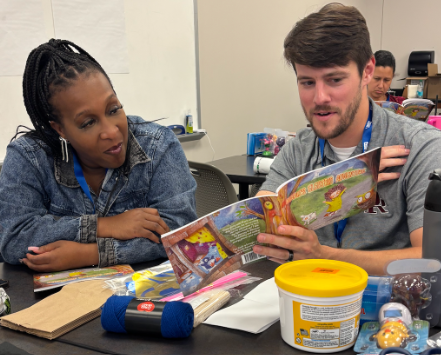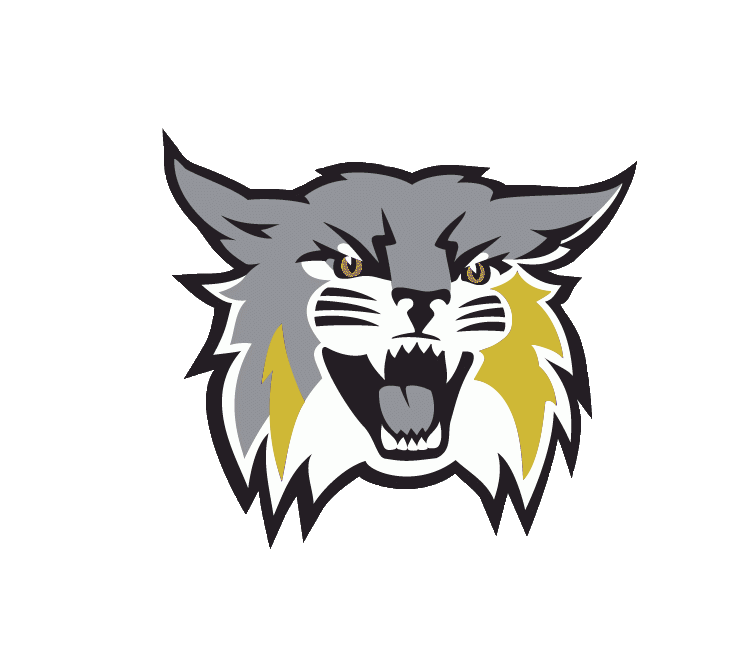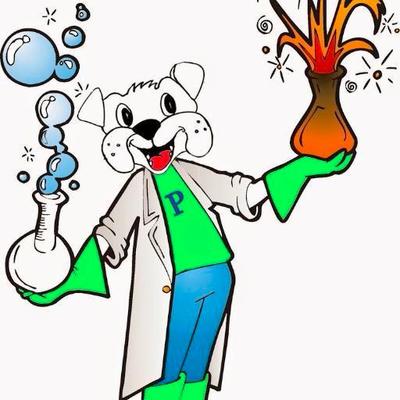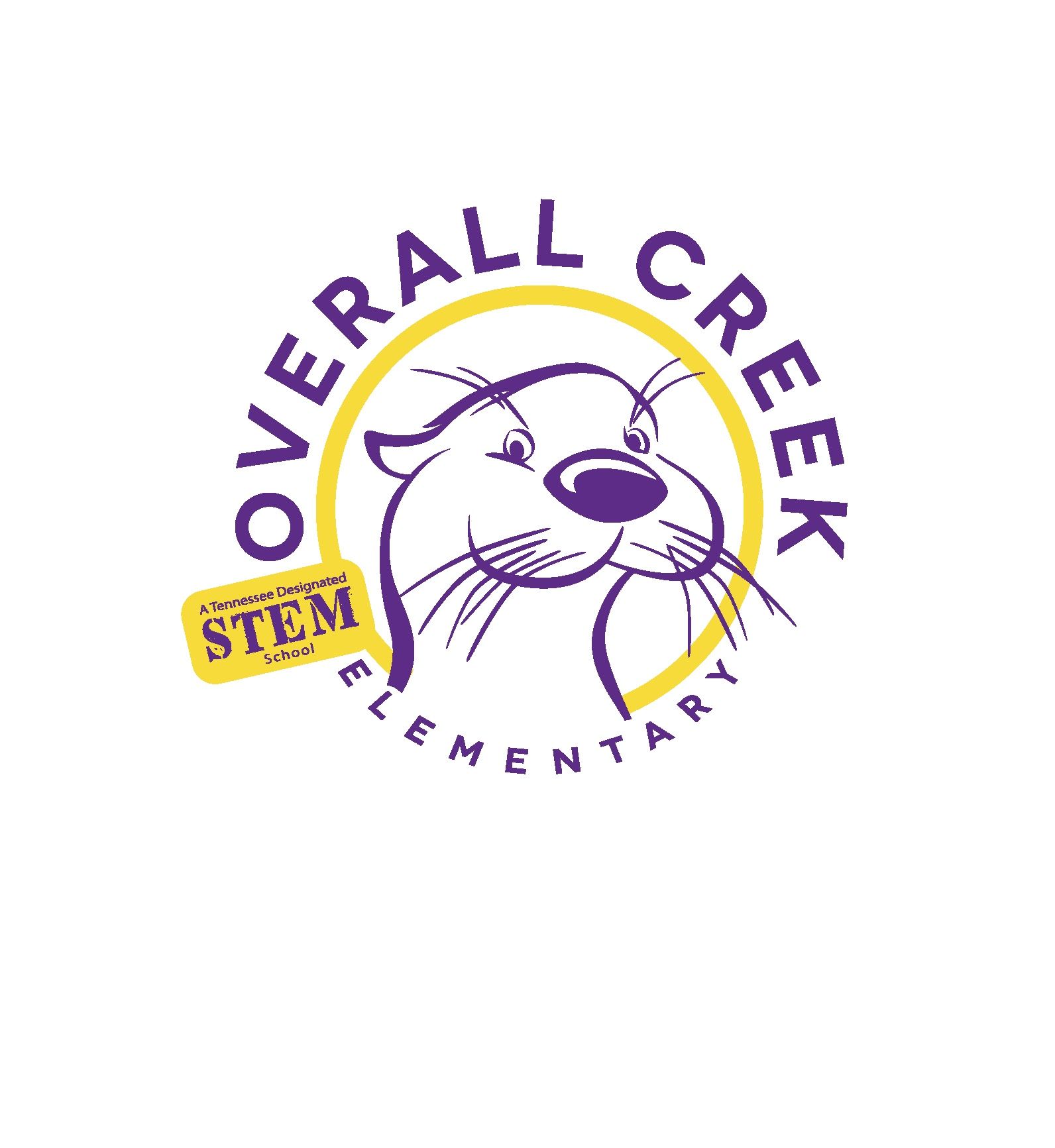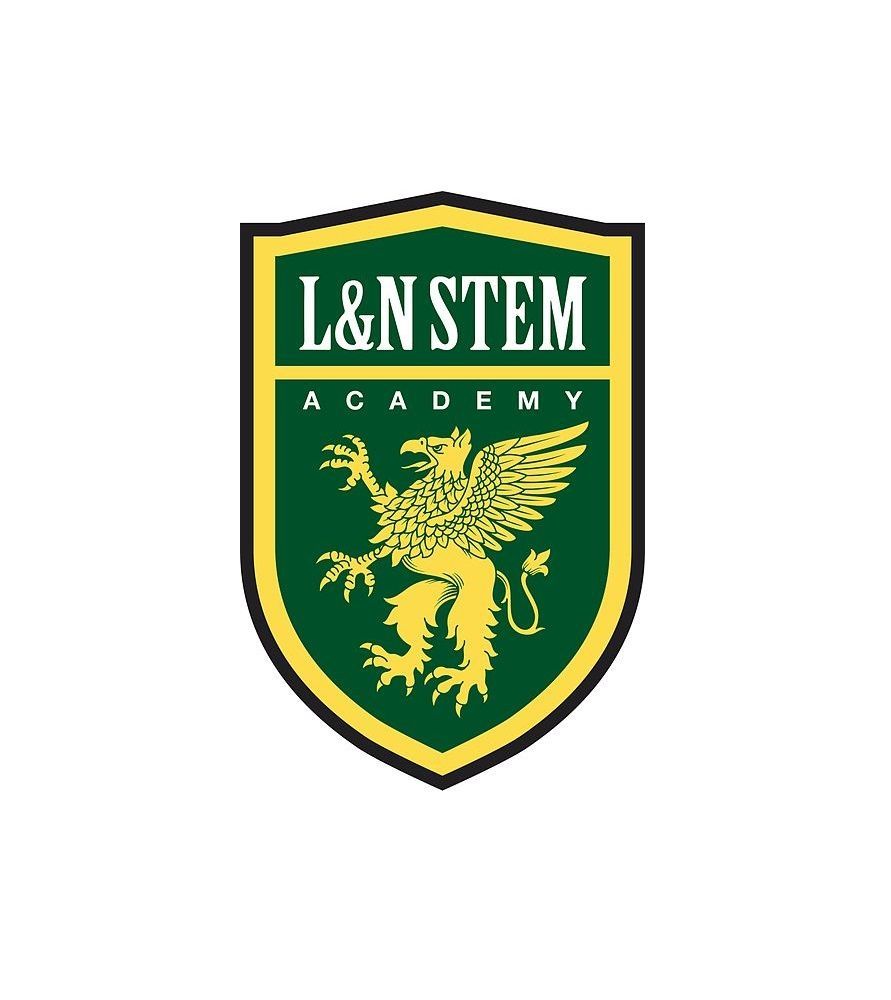It's a Zoo in Here!
Over the next three
weeks, the regional cohorts of the Tennessee Rural STEM Collaborativewill be
convening locally to close out a year-long professional learning opportunity.
According to a recent report by Center
for Public Education
, many rural schools face significant challenges in
providing access to high quality educational experiences for students. The
report cites issues such as teacher retention and lack of industry support as
barriers to STEM education opportunities in rural communities. The educators in
the Rural STEM Collaborative all see a clear need to engage their students in
STEM at the local level and provide opportunities that connect classroom learning
to careers. Through targeted professional development, industry and STEM school
tours, and collective feedback and support, each educator in the Collaborative
have designed and implemented a STEM initiative that addresses a need or builds
on an opportunity in their own school setting.
We sat down with Shelby Johnson,
a 2nd grade educator at Krisle Elementary in Robertson County, and a
participant in this year’s Rural Collaborative to learn more about her desire to
provide experiential learning opportunities for her students and the role of
the Collaborative model.
1. You created a Project Based Learning Unit for your STEM initiative. How did you decide that and how did the PBL change your teaching practice and student learning?
SJ: When choosing a STEM initiative for my school, I knew I wanted to implement a PBL unit to increase the overall STEM culture at our school. As a Title One School in Robertson County, I wanted to ensure Krisle second grade scholars are given the opportunity to work collaboratively to solve real-world problems in class. In addition, through this PBL unit, I could develop community partnerships and further advance the scholars' knowledge of STEM careers. While I have helped develop some PBL activities in the past, this was my first multi-week unit that I planned on my own. The PBL changed my teaching practice, as I actively sought to find informative texts which challenged the students to think critically. Due to the variety of instructional activities and research opportunities, student learning was especially enhanced through increased engagement.
2. What role did community partners play in your PBL unit? How did you establish those relationships?
SJ: Community partners played a vital role in my PBL unit, as they provided key insights to expand the students' understandings of scientific concepts presented within the unit. Two zookeepers from the Nashville Zoo visited Krisle and brought five different animals, each from a different habitat. A vet tech from the Robertson County Animal Clinic visited and explained how animals have specific adaptations and needs. In addition, my class Skyped with a scientist. Dr. Travis Hagey is an animal biologist from Mississippi. All speakers informed the students of how they use STEM each day in their career, salary information, educational requirements, and additional information related to animal adaptations and habitats. I established the relationships with the community partners by contacting them and explaining my interest in having them visit our school during our STEM unit.
3. Why did you decide to have a STEM Showcase night for parents?
SJ: When planning my PBL unit, I knew I wanted to end the unit with the final event of a STEM Showcase. This would be an opportunity for students to showcase their STEM projects to their family members and friends. In addition, scholars would participate in a musical performance featuring songs about habitats.4. What have you enjoyed about your experience in the Rural STEM Collaborative? What has been the most meaningful change in your teaching practice as a result of the program?
SJ: I feel very fortunate to have been given the opportunity to participate in the Rural STEM Collaborative this year. I have enjoyed being able to network and correspond with fellow educators throughout the state that have a mutual interest of providing students with inquiry-based learning opportunities by implementing STEM strategies. Another rewarding aspect of this collaborative is that I have been able to tour several STEM schools throughout the mid-state. With each STEM school tour, I learned new instructional techniques which I can apply to my classroom. In addition, due to my experience with the Rural STEM Collaborative, I was able to implement an innovative, engaging, and rewarding STEM PBL instructional unit without having to worry about having the necessary finances to fund the unit. The most meaningful change in my teaching practice, as a result of the program, has been that I have been especially purposeful in choosing my instructional activities to ensure optimal engagement and mastery of material will be achieved.
5. How do you plan to incorporate STEM best practices moving forward?
SJ: Moving forward, I plan to incorporate STEM best practices by implementing activities that challenge my students to think critically, problem solve, and work as a collaborative team. I would also like to continuously make them aware of STEM careers, which they could pursue in the future.
Shelby Johnson is a 2nd grade teacher at Krisle Elementary in Robertson County. She can be found @SJohnson810.
